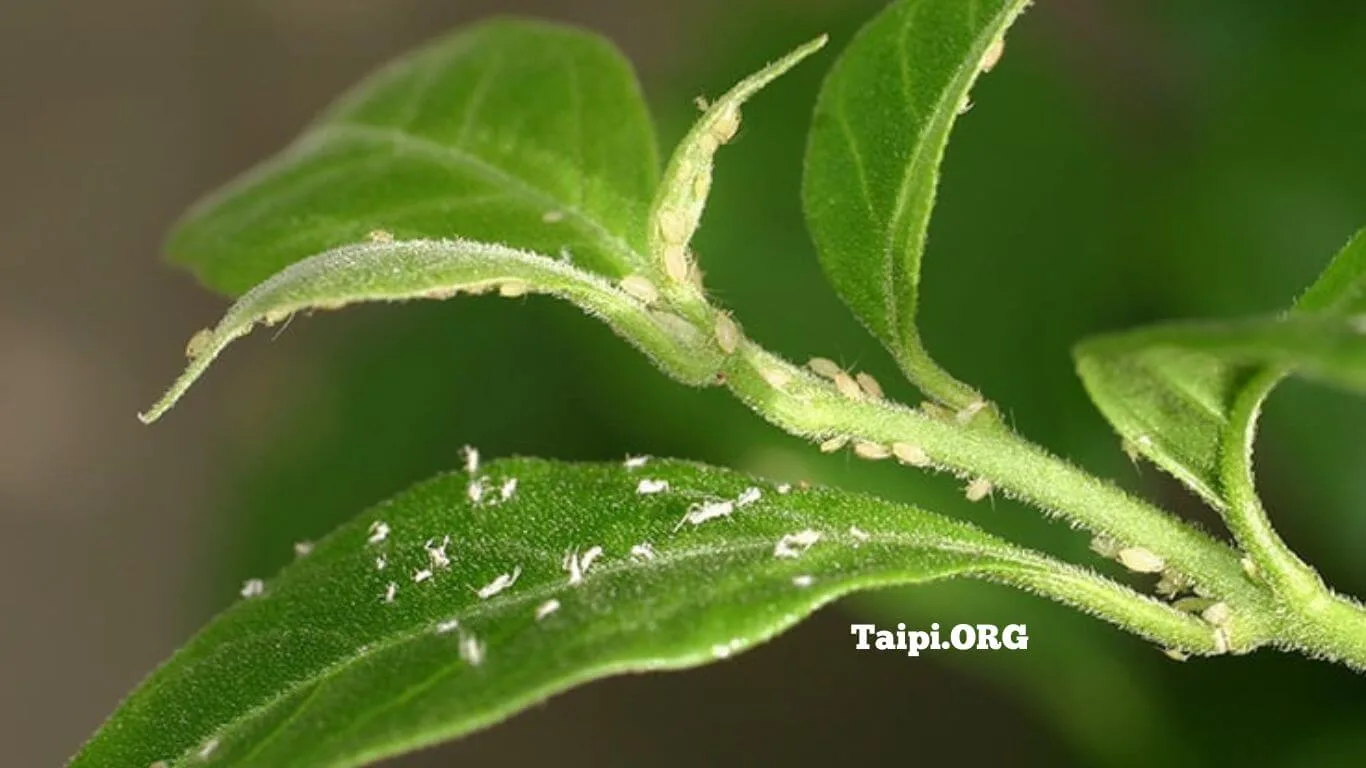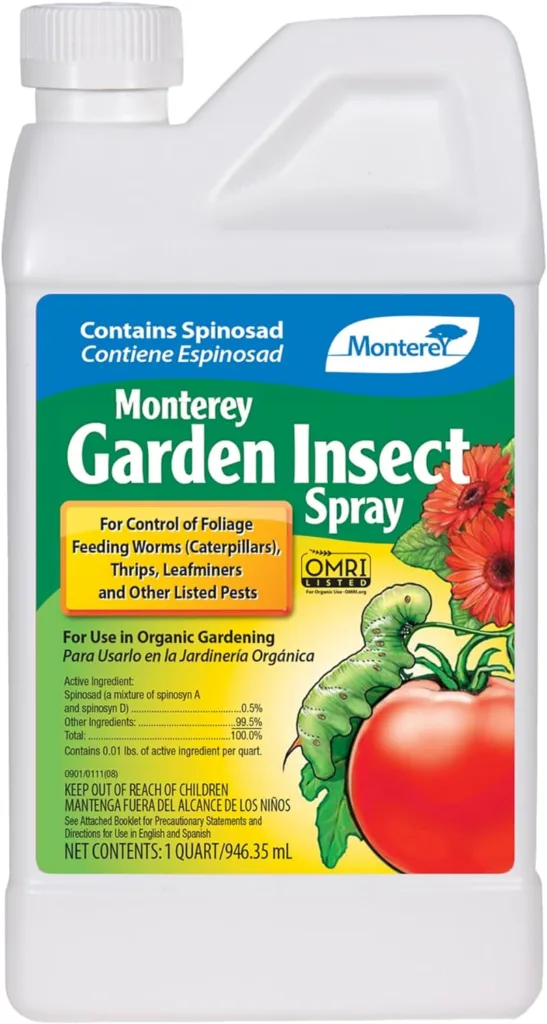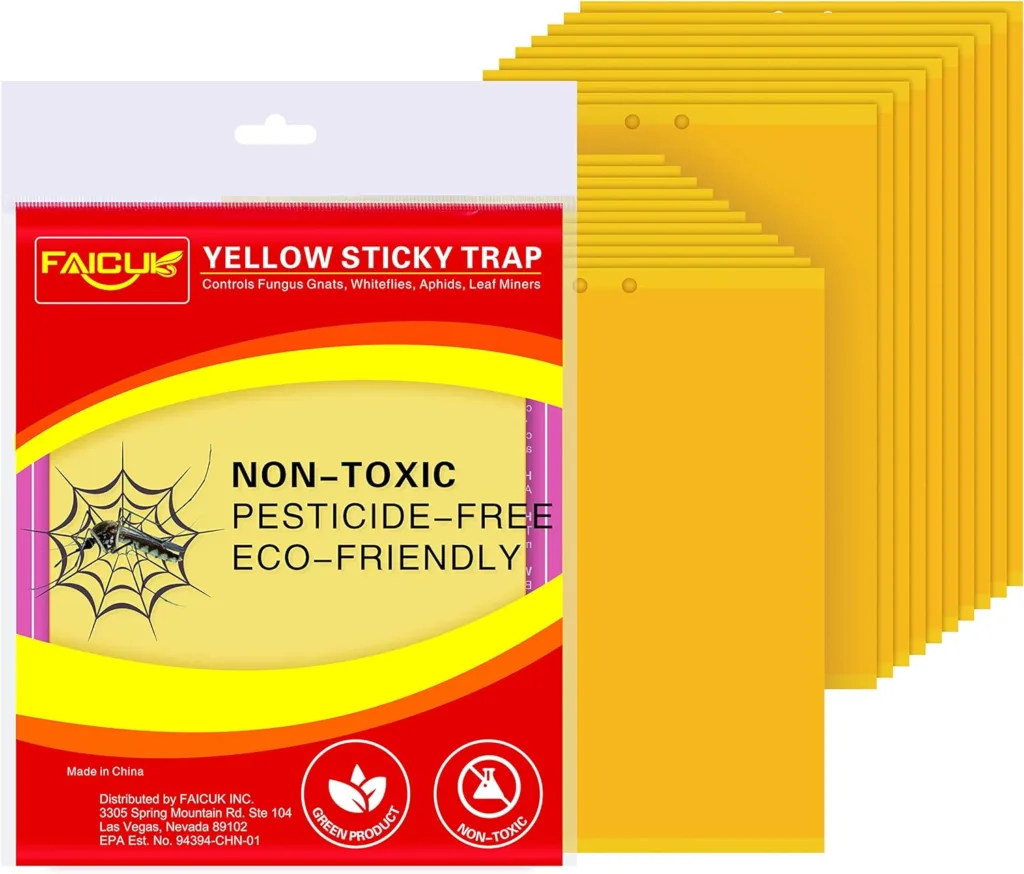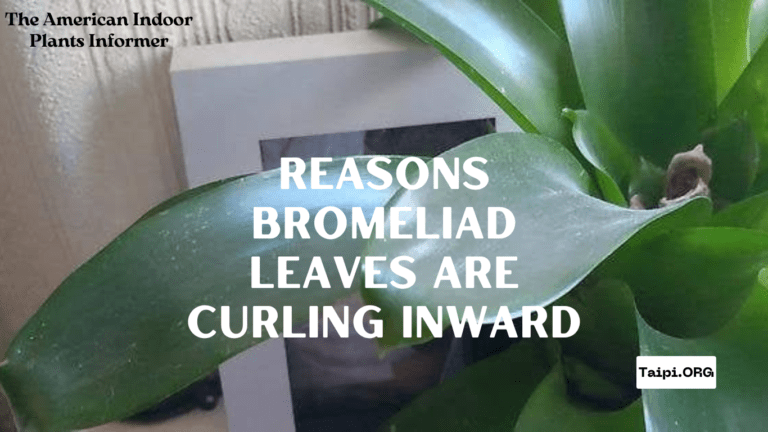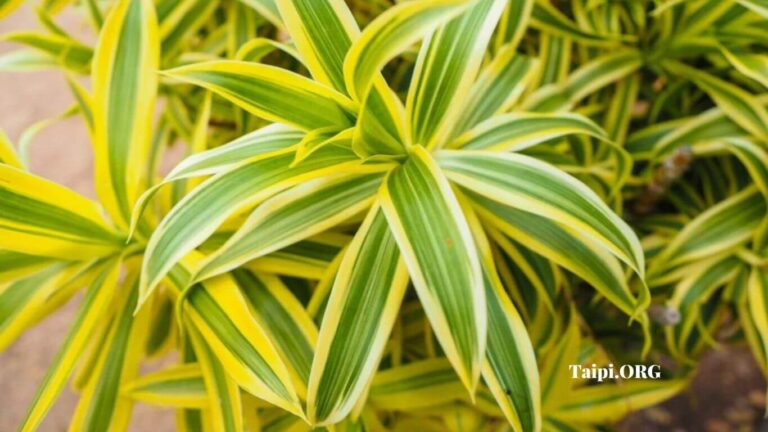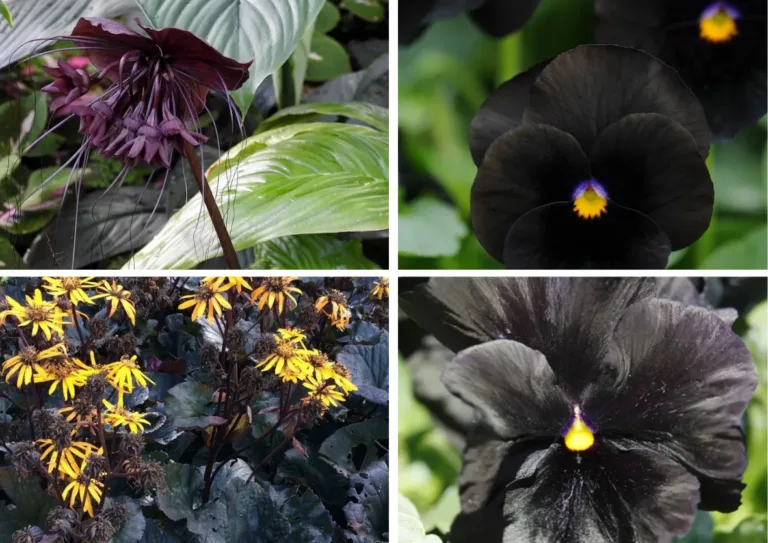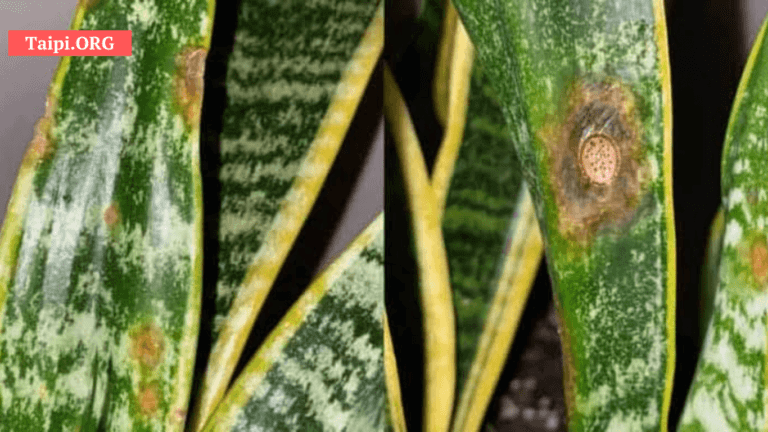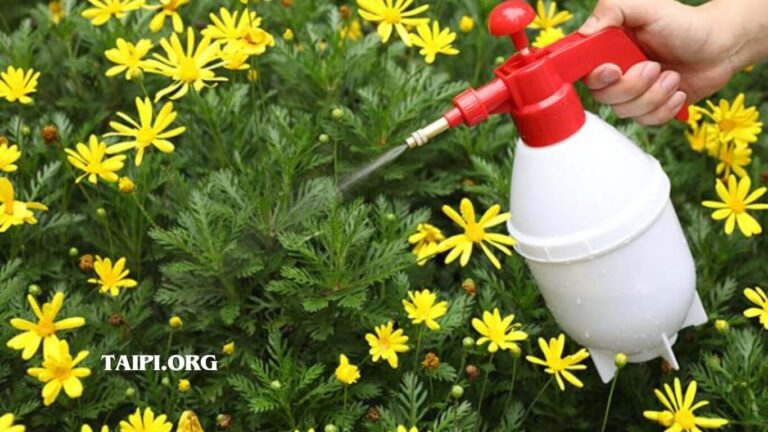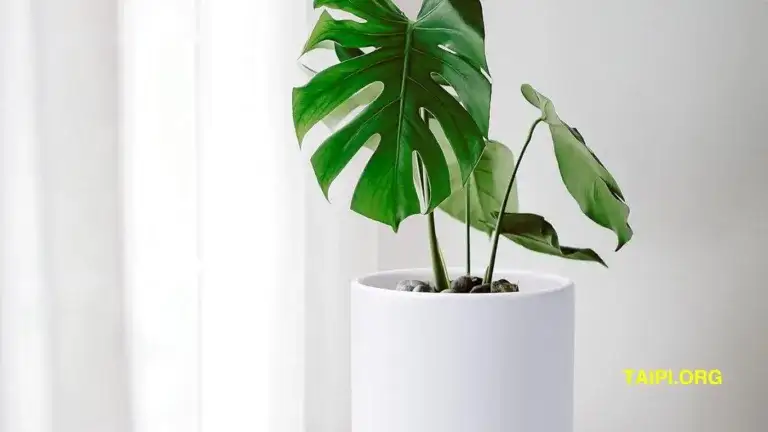How to Get Rid of Aphids on Indoor Plants
APHIDS are a common problem for indoor gardeners, posing a threat to the health and vitality of houseplants. Understanding how to get rid of aphids on indoor plants is essential for maintaining a lush, healthy indoor garden. This comprehensive guide on how to get rid of aphids on houseplants covers various proven methods for aphid removal, ensuring you grow healthy indoor plants.
To kill aphids on indoor plants, you will use several methods including:
- Manual removal
- Insecticidal soaps and sprays
- Homemade remedies,
- Natural predators,
- Biological control,
- Environmental control,
- Companion planting and
- Sticky traps
What Do Aphids Look Like?
Aphids are small, soft-bodied insects that vary significantly in color and appearance. Typically ranging from 1 to 3 millimeters in length, these pear-shaped insects have long legs and antennae.
Aphis are found in various colors, including green, black, brown, yellow, red, or white, with a specific hue often depending on the species and the plants they infest. The insects may be wingless or develop wings, especially when their colony becomes overcrowded or food sources dwindle, allowing them to disperse to new plants.
A distinctive feature of aphids is the presence of two small, tube-like structures called cornicles or siphunculi protruding from their hind end, that secretes a defensive fluid.
These insects are known for clustering in large groups on the undersides of leaves (as shown in the picture below), along stems, and at the growing tips of plants.
As they feed on plant sap, aphids excrete a sticky substance called honeydew, which can attract ants and lead to the growth of sooty mold.
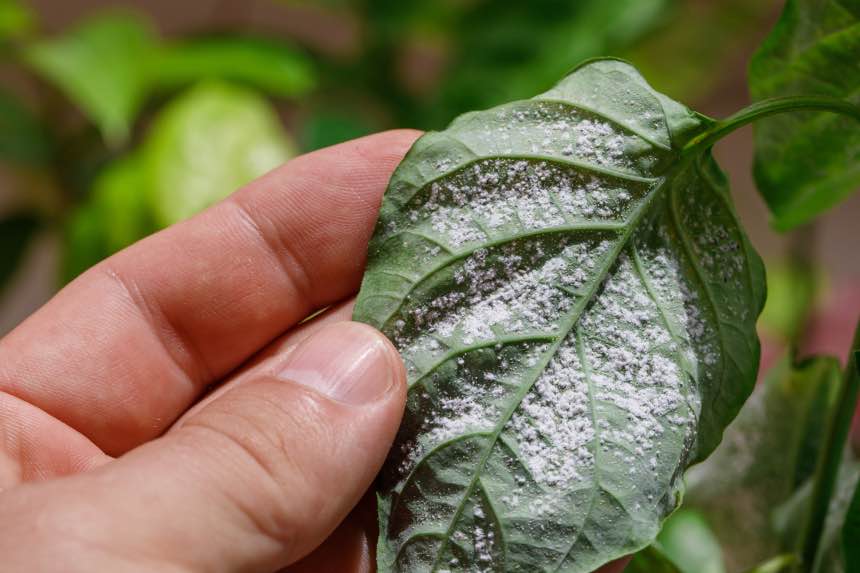
Once they infest houseplants, aphids damage different parts of houseplants, causing curling, yellowing, or deformity in leaves and a sticky, shiny residue on leaves and surrounding surfaces.
Regularly inspecting your indoor plants, particularly the undersides of leaves and new growth areas, can help in early detection and effective management of aphid infestations.
The Lifecycle of Aphids: A Comprehensive Overview
In outdoor environments, aphid eggs endure winter by attaching themselves to woody plants. With the arrival of spring, these eggs hatch into female aphids.
According to the “Fundamentals of Horticulture: Theory and Practice,” these females then produce nymphs without mating. These nymphs rapidly develop into adults in roughly 10 days.
During the fall, males are born and mate with the females to produce eggs that will survive the winter. Indoors, however, the absence of winter allows female aphids to continuously produce nymphs year-round, leading to potentially explosive population growth on indoor plants.
How Aphids Damage Indoor Plants
Aphid infestations can escalate swiftly due to their high mobility, allowing them to move from one plant to another easily.
In outdoor gardens, aphid colonies are often attended by ants, which feed on the sugary honeydew that aphids excrete while consuming sap. Indoors, aphids spread by flying or crawling between plants.
The damage caused by aphids primarily stems from their sap-sucking behavior. They cluster around new growth on plants, attaching themselves to the tender, green stems. This often results in distorted or stunted new foliage, with the aphids visible around the stems.
Severe infestations can cause plants to shed their leaves. Moreover, like mealy bugs, the honeydew excreted by aphids can promote the growth of sooty mold and fungi, further damaging the plants.
How to Kill Aphids on Indoor Plants
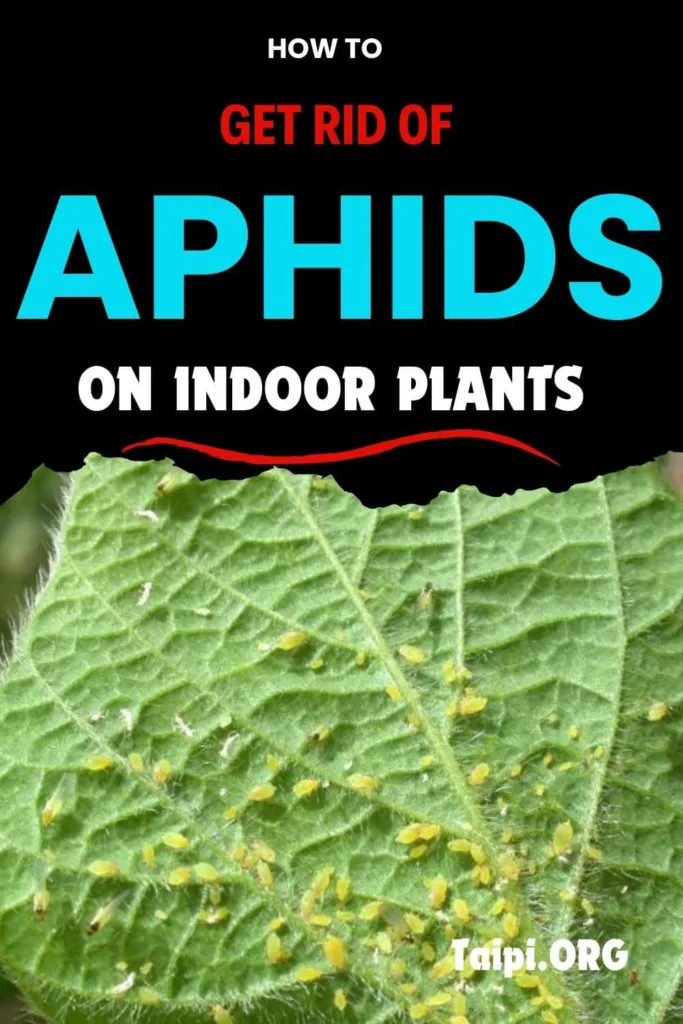
Now, let’s look at the various ways to get rid of aphids on indoor plants:
1. Manual Removal
Manual removal is a straightforward and effective method for dealing with aphids, especially in the early stages of an infestation. You can simply use your fingers or a soft brush to gently dislodge aphids from the plant.
Another effective technique is to rinse the plants with a strong stream of water, focusing on the undersides of leaves where aphids typically congregate. This method is safe and environmentally friendly, though it requires diligence and consistency.
2. Insecticidal Soaps and Sprays
Insecticidal soaps and sprays (⬆) are commercially available products specifically designed to target soft-bodied insects like aphids. These soaps work by disrupting the insect’s cell membranes, leading to dehydration and death.
When using insecticidal soaps, it’s important to thoroughly cover the infested plant, including the undersides of leaves. These products are generally safe for indoor use and non-toxic to humans and pets when used as directed. Repeated applications may be necessary to ensure complete eradication.
3. Homemade Remedies
Homemade remedies offer a natural and cost-effective alternative to commercial insecticides. A common solution is a mixture of water and mild dish soap, which you can spray directly onto aphids.
Another effective homemade remedy involves mixing water with a few drops of neem oil, a natural insecticide. Garlic and pepper sprays can also deter aphids. You should test these solutions on a section of the plant first, to ensure they do not cause damage.
Compare: Indoor Plants That Repel Bugs
4. Natural Predators
Introducing natural predators can help control aphid populations in a more eco-friendly way. Ladybugs, lacewings, and parasitic wasps are known to feed on aphids. While this method is more commonly used in outdoor gardens, it can also be effective indoors if managed carefully.
You can purchase these beneficial insects online or from garden centers. Ensure that your indoor environment supports these predators’ needs for water and food to maintain their effectiveness.
5. Biological Control
Biological control involves using aphids’ natural enemies to reduce their numbers. One of the most effective biological controls for aphids is the introduction of the parasitic wasp, Aphidius colemani, which lays its eggs inside aphids, eventually killing them.
You can also use Fungi like Beauveria bassiana to infect and kill aphids. This method requires careful planning and monitoring but can be highly effective without the need for chemical interventions.
6. Environmental Control
Environmental control focuses on altering the conditions that favor aphid infestations. Aphids thrive in warm, humid environments, so reducing humidity and increasing air circulation can make conditions less favorable for them.
Using fans, dehumidifiers, and ensuring proper spacing between plants can help achieve this.
Additionally, keeping your plants healthy through proper watering, feeding, and light exposure makes them less susceptible to aphid attacks.
7. Companion Planting
Companion planting involves growing plants that naturally repel aphids alongside your indoor plants. Herbs like mint, chives, and basil can deter aphids if you plant them near your favorite houseplants.
Marigolds and nasturtiums are also effective at attracting aphids away from other plants. These insects serve as sacrificial plants. This method not only helps in controlling aphids but also enhances the diversity and aesthetics of your indoor garden.
8. Sticky Traps
Sticky traps are an easy and non-toxic way to capture aphids and other flying insects. These traps are coated with a sticky substance that attracts and ensnares pests. Yellow sticky traps (pictured above) are particularly effective, as the color attracts aphids.
Place these traps near infested plants to catch adult aphids and monitor the infestation level. Regularly check and replace the traps to maintain their effectiveness.
Prevention Measures
Preventing aphid infestations is more effective than dealing with them after they invade your houseplants. You can do that by taking the following steps:
- Regularly inspect your plants for signs of aphids and other pests.
- Quarantine new plants before introducing them to your indoor garden to ensure they are pest-free.
- Keep your plants healthy through proper care, as strong, healthy plants are less susceptible to infestations.
- Clean and sterilize gardening tools to prevent the spread of aphids and other pests.
Expert Tips on How to Get Rid of Aphids on Indoor Plants
Rotate Treatments: Use different prevention and treatment methods to prevent aphids from developing resistance to a single treatment.
Consistent Monitoring: Regularly check your plants, especially during the growing season, to catch infestations early.
Integrated Pest Management (IPM): Combine multiple methods for a holistic approach to aphid control.
Healthy Soil: Maintain healthy soil through proper fertilization and organic matter, as healthy roots support robust plants.
Frequently Asked Questions (FAQs)
Q: How often should I apply insecticidal soap?
A: Insecticidal soap should be applied every 5-7 days until the aphids are gone. Be sure to follow the manufacturer’s instructions for best results.
Q: Can I use vinegar to get rid of aphids?
A: Vinegar is not recommended for use on plants, as it can be too harsh and damage the foliage. Stick to milder solutions like dish soap or neem oil.
Q: Will aphids harm my indoor plants?
A: Yes, aphids can weaken indoor plants by feeding on their sap, leading to distorted growth, yellowing leaves, and potentially stunted growth.
Q: Are aphids harmful to humans or pets?
A: Aphids are not harmful to humans or pets. They are primarily a nuisance to plants.
What Can You Do Now?
Don’t let aphids ruin your indoor garden. By using a combination of the methods outlined above, you can effectively control and prevent aphid infestations. Regular monitoring and prompt action are key to keeping your plants healthy and vibrant. Start implementing these strategies today and enjoy a thriving, aphid-free indoor garden.

